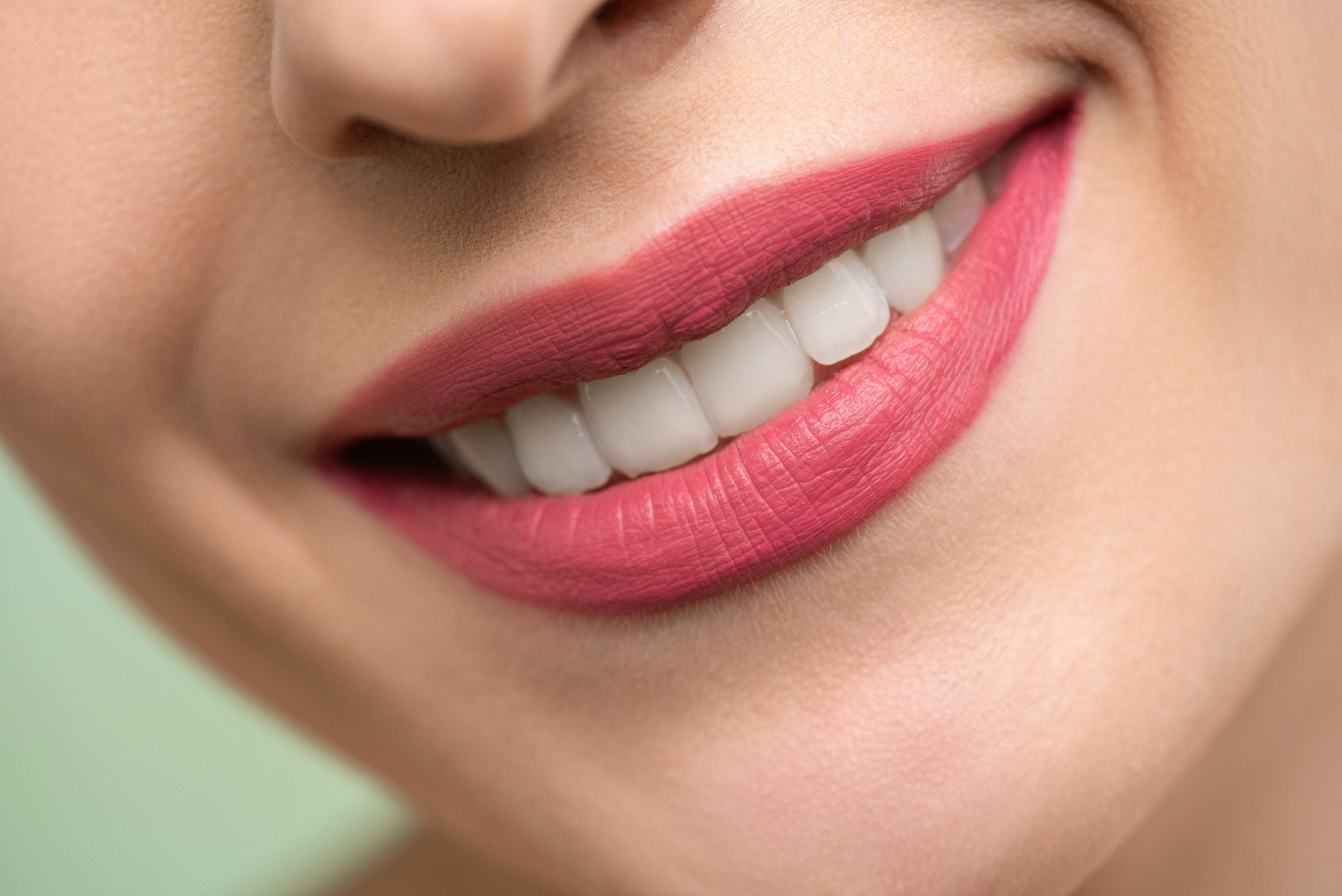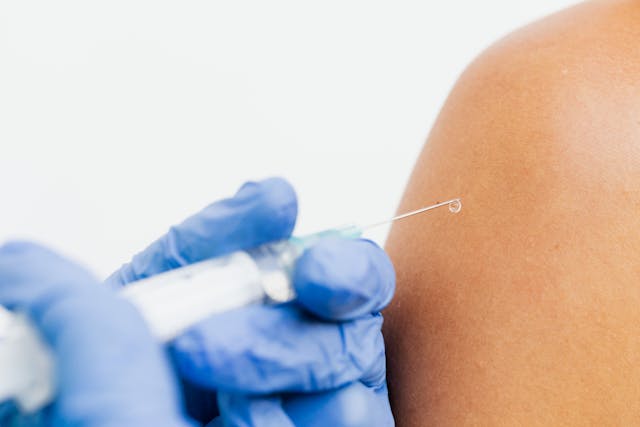
What Will Dentistry Look Like In The Future?
As a medical field, the world of dentistry is constantly evolving and changing. The future of medical treatments is set to be centred hugely around technology and this is no different for dentistry. The recent Covid pandemic has already changed the way in which a lot of health services operate and, with some of these changes set to stick around for a while, technology has played a huge role in ensuring patients can still access the care and treatments that they need.
Dentistry goes through many changes and advancements, often in short periods of time. The treatments that a lot of dentists use now might not necessarily be around in a few years, or were perhaps not around a few years ago. With this in mind, let’s take a look at what dentistry might look like in the future.
Virtual Appointments
For a lot of patients, the thought of going to the dentist for a regular checkup is more of an inconvenience than a help. With long wait times and short appointments, many people don’t feel the need to visit their dentist as regularly as they should, which can then cause long-term dental problems.
Throughout the pandemic, many dental clinics turned to virtual appointments as a way of reducing the need for patients to come in for treatment unless absolutely necessary, but still being able to discuss any concerns. This also cut down on the time spent on appointments, meaning that a lot of time was freed up, allowing dentists to carry out more urgent treatments. Virtual appointments are likely to stay around well into the future, thanks to the convenience for both patients and dentists, and most dentists can even offer same-day consultations and appointments.
Smart Toothbrushes
Toothbrushes have evolved massively over the past couple of decades, with many people having now made the switch from manual to electric toothbrushes. With so much of our technology now reliant on smart technology, it is only a matter of time before dental technology makes that transition, too.
There are already some forms of smart technology used in the higher-budget electric toothbrush market, with some devices using sensors and syncing to a mobile app to provide feedback on how you brush your teeth. Kids’ toothbrushes have also evolved and some even make brushing teeth into a game, encouraging kids to brush their teeth properly and more regularly.
Increased Use Of Augmented Reality
Augmented reality is already in use across a number of different industries and you’ve likely already used it before – it’s what is used on Snapchat filters, mobile app games such as Pokemon Go and even at passport control at the airport. But, AR is well at home in healthcare and dentistry, both in terms of training and clinical purposes.
When it comes to training, some dental simulators pair AR with dummies or mannequins, which students can then use to perform mock procedures and movements. This form of training helps dental students quickly learn where they can develop their skills and identify where it is they might be making mistakes.
When it comes to AR being used in dental clinics, many places already have similar technologies in place. For treatments such as Invisalign, dental implants or veneers, clinics can create virtual representations of the final results, allowing the patient to see exactly what their smile will look like after treatment.
Regenerative Dentistry
We’ve all come to expect that, with old age, our teeth are likely to fall out and our overall oral health will decline. When older people go through tooth loss, they likely expect that they will get replacement prosthetics, such as dentures, in order to give them a full smile again. But, with dental advancements, regenerative dentistry is set to become a huge thing in the near future.
The science behind this dentistry looks at developments that can lead to self-healing teeth and oral concerns and advanced therapy for damaged teeth. Some advancements have already been made, with researchers having already developed a form of dental filling which allows teeth to heal themselves over time. These fillings work by stimulating stem cells that then boosts the growth of dentin. This enables teeth to regrow and replace any damaged cells. This technology can help eradicate the need for root canals in the future.
Can Technology Replace Human Dentists?
With all these advancements, it’s not surprising that many dentists worry about potentially being replaced in favour of technology in the near future. However, nothing can replace the well-trained and experienced eye of an actual dentist. Having someone looking first-hand at your mouth and oral health means that they may be able to spot something that technology might not be able to, such as a build-up of plaque or potentially serious discolouration in and around your mouth. As a lot of technology advancements are yet to be rolled out across the majority of dental clinics, be sure to keep up with regular appointments and checkups with your dentist in Warrington to ensure that you are looking after your teeth and oral health.


